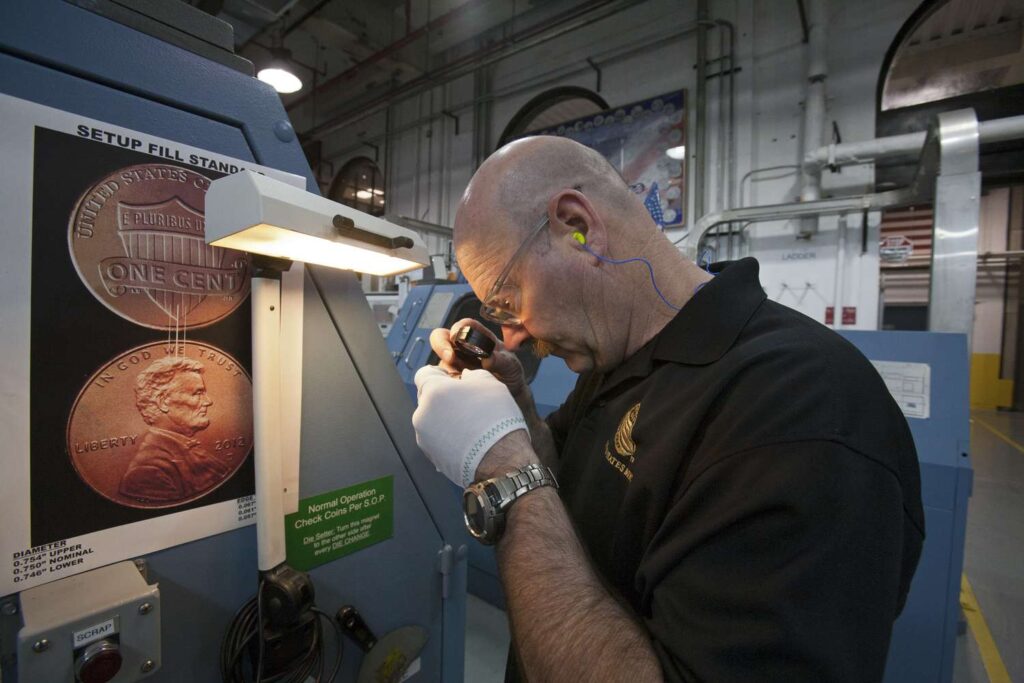Key Takeaways
- The U.S. Mint struck the final circulating penny on Wednesday, officially ending 232 years of production due to unsustainable production costs.
- Each penny now costs 3.69 cents to produce, and people using less physical cash has reduced the need for them.
- Rounding could be the new normal as businesses begin to shift cash transactions to the nearest 5 cents.
The U.S. penny, beloved by penny pinchers for 232 years, has officially reached the end of its production. On Wednesday, the U.S. Mint hosted a ceremonial strike event at its Philadelphia facility for the final 1 cent coin meant for U.S. circulation.
The decision to halt production is driven by economics and shifting consumer behavior. In 2024, it cost about 3.69 cents to mint each new penny, more than double the cost a decade ago. In addition, fewer Americans are using cash for everyday purchases, reducing the need for low-denomination coins even as long-term inflation has dramatically reduced their value.
Why You Should Care the Penny Is Going Away
The penny shortage is more than a minor inconvenience. It’s a sign of how quickly our economy is moving away from cash. For people who prefer paying with coins or don’t have easy access to credit or debit cards, rounding up at the register could add up as items are no longer worth every penny.
The Penny Shortage Is Changing How You Pay at the Register
The end of penny production has created a supply crunch, and cash-heavy businesses are scrambling to adapt. Many fast-food restaurants and retailers are trying to stockpile pennies or are switching to automatic rounding of cash transactions to the nearest 5 cents because they simply can’t make exact change.
The mechanics of rounding follow what some economists call “symmetric rounding.” If the total ends in 1, 2, 6, or 7 cents, it rounds down to the nearest nickel, and any transaction ending in 3, 4, 8, or 9 will round up. While it sounds like everything may even out in the end, businesses may try to price items so transactions skew more heavily to be rounded up.
Here’s what this means for everyday consumers and businesses:
- If you pay with cash, you might see your total rounded up or down depending on the precise amount.
- Retailers and banks are already limiting the distribution of pennies, so they’ll be increasingly harder to come by.
Stores across the country are beginning to roll out their own approaches to the penny shortage. Some McDonald’s locations, for instance, have a new rounding policy when they run out and the customer doesn’t have any:
The Future of the Penny
In practical terms, the penny will remain legal tender for the foreseeable future, as it’s not being demonetized overnight. Economists estimate that phasing out the penny will lead to a modest “rounding tax” for cash users, about $6 million a year across the U.S., if rounding consistently biases upward.
Attention now turns to the nickel, which also costs more to produce than its face value. For businesses, the shift toward fewer coins means changes to prices, cash-handling procedures, and equipment, such as vending machines and cash registers.
For consumers, especially those relying more heavily on cash, it means paying attention to whether totals are being rounded up or down and what that means for small-change transactions.

